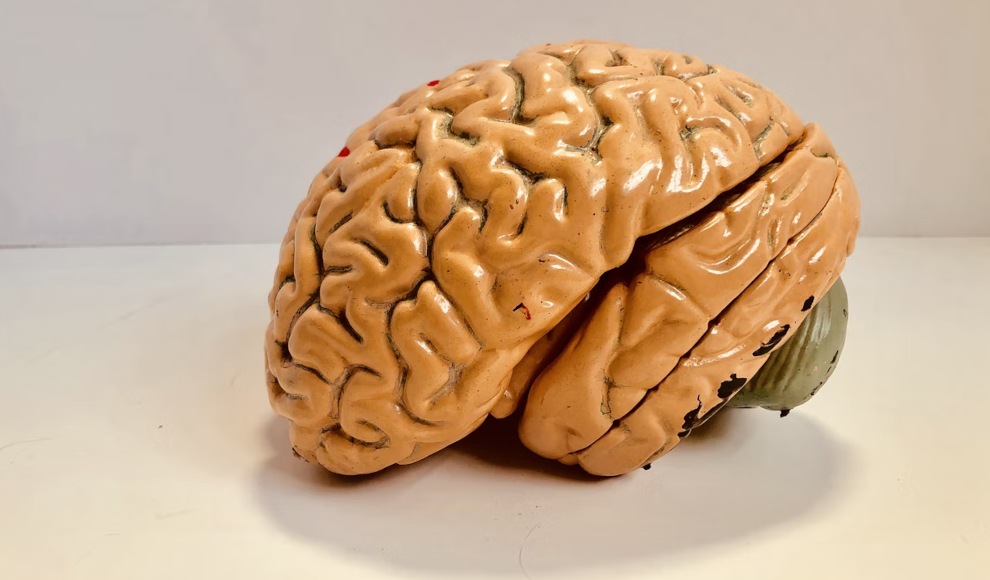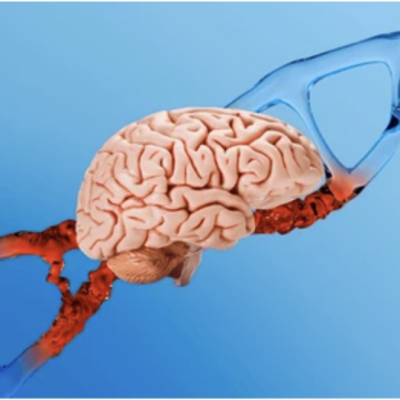A recent study conducted by scientists at the University College London (UCL) has found that individuals who exhibit chronic antisocial behavior, such as theft, as adults have noticeable changes in their brain. This suggests that criminal behavior is not solely caused by environmental factors and upbringing, but is partially inherited. The UCL team has been researching what makes people become criminals for decades, using the Dunedin Multidisciplinary Health and Development Study as a basis. This study has been observing 1,037 participants since their early childhood, regularly questioning parents and close acquaintances about their antisocial tendencies, including bullying, property destruction, lying, theft, and truancy.
Based on the study’s data, clinical psychologist Terrie Moffitt has developed developmental taxonomies, which divide people into three groups based on the development of their criminal careers. The majority of people never exhibit antisocial behavior, while a small portion is only temporarily problematic during adolescence, and even fewer continue to exhibit antisocial behavior as adults. Recently, Moffitt was able to examine 672 participants aged 45 years old using magnetic resonance imaging. The researchers found that individuals with chronic antisocial behavior had a significantly smaller surface area of cortical brain folds than those with normal behavior. The difference was relatively small (3%), but statistically significant. No differences were found in the brains of individuals who were only temporarily problematic during adolescence. Additionally, the average cortex thickness was thinner in individuals with chronic antisocial behavior (2.54 mm) than in those without (2.56 mm).
The differences in cortex thickness were primarily found in the frontal lobe, which is responsible for decision-making. The study cannot explain the causes of these differences in the brain, but twin and adoption studies suggest that some antisocial behavior is inherited, while some is caused by upbringing and other environmental factors. This study sheds light on the complex nature of criminal behavior and the role that genetics may play in its development.










